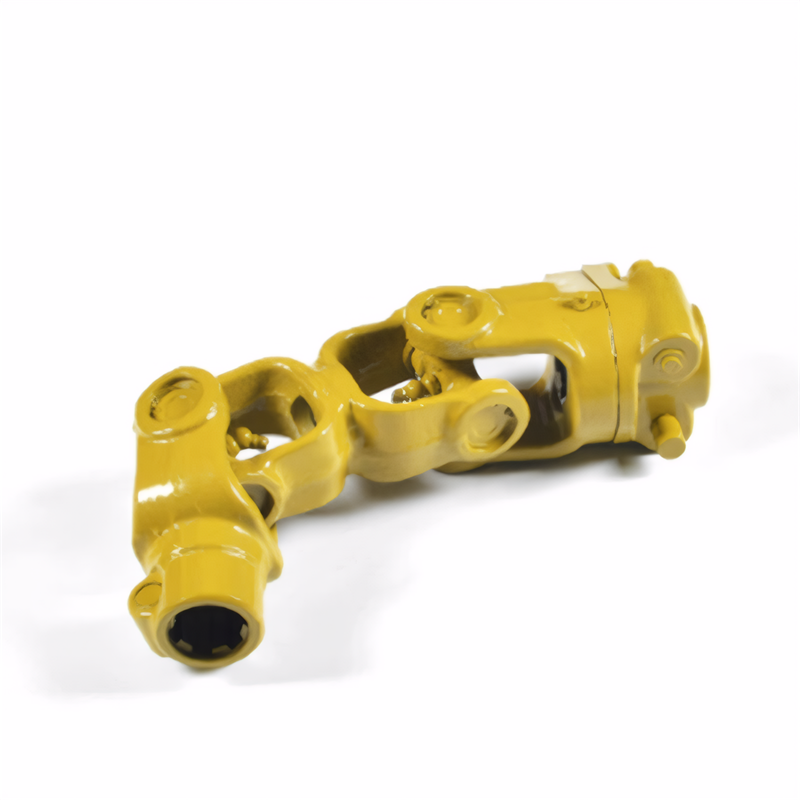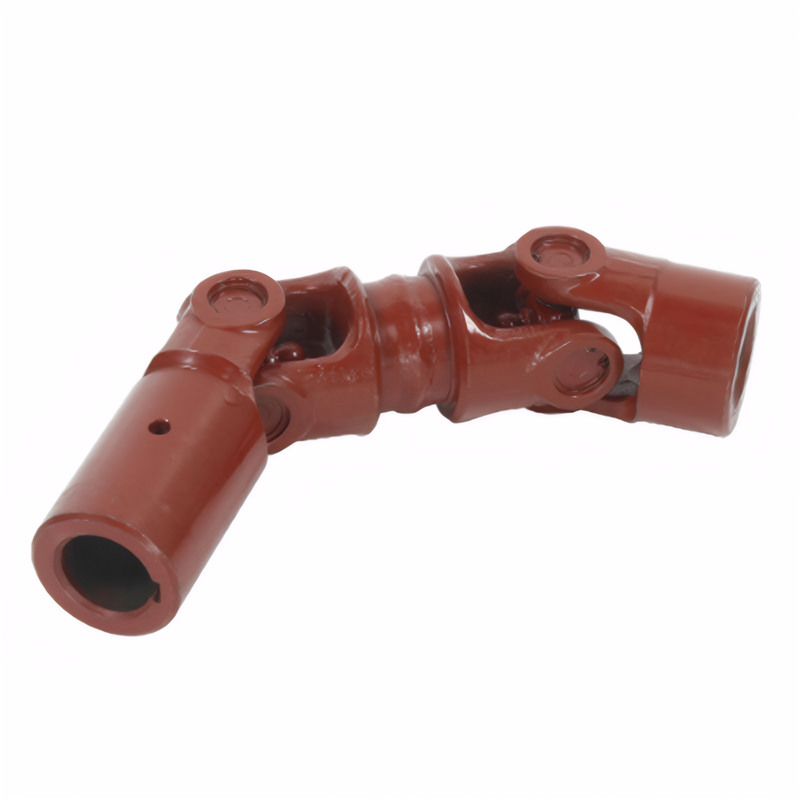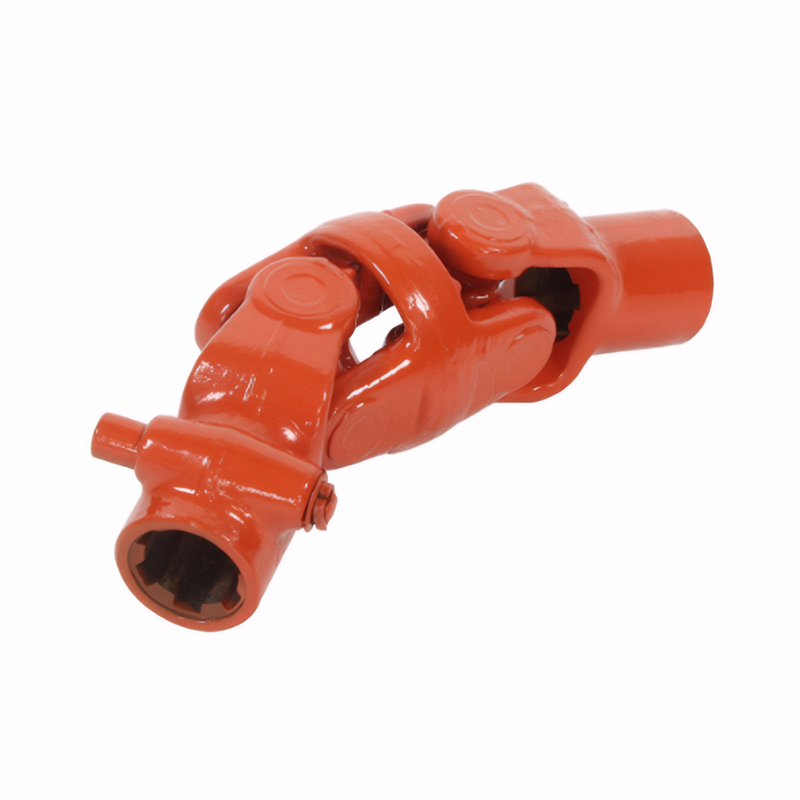The process of heat treatment for drive shafts
Heat Treatment Process Flow for Transmission Shafts
Core Objectives of Heat Treatment
The heat treatment of transmission shafts primarily aims to enhance mechanical properties such as strength, toughness, and wear resistance while eliminating internal stresses generated during forging or machining. For automotive half-shafts, for instance, 40Cr or 42CrMo steel is commonly used, requiring a surface hardness of 58–62 HRC to resist abrasive wear, paired with a core toughness of ≥40 J to absorb impact loads. Similarly, wind turbine main shafts demand a combination of high tensile strength (>800 MPa) and fatigue resistance (>10⁷ cycles) to withstand cyclic bending moments.
A key challenge lies in balancing these properties. Over-hardening the surface may lead to brittleness, while insufficient heat treatment can result in premature failure under dynamic loads. For example, a mismatched hardening depth in gearbox output shafts has been linked to a 30% reduction in service life due to spalling at the hardened-core transition zone.
Process Sequence and Parameter Control
The heat treatment process typically follows a structured sequence:
1. Normalizing/Annealing (Pre-treatment Stage)
- Purpose: Eliminate锻造 (forging) stresses, refine grain structure, and improve machinability.
- Parameters:
- For 45 steel shafts, normalizing involves heating to 860–900°C followed by air cooling, yielding a uniform ferrite-pearlite structure with a hardness of 180–220 HB.
- Alloy steels like 40CrMnMo may require annealing at 840–860°C with furnace cooling to reduce hardness to 200–240 HB for easier turning operations.
- Impact: Proper pre-treatment reduces tool wear during rough machining by 25–40% and minimizes dimensional variations caused by residual stresses.
2. Quenching and Tempering (Core Strengthening)
- Quenching:
- Shafts are heated to 840–860°C (for medium-carbon steels) and rapidly cooled in oil or polymer solutions. For example, 42CrMo4 shafts quenched in rapid oil achieve a martensitic structure with a surface hardness of 50–55 HRC.
- Critical parameter: Cooling rate must exceed the critical cooling velocity (e.g., >50°C/s for 40Cr) to avoid non-martensitic transformations like bainite.
- Tempering:
- Follows quenching at 550–650°C for 2–4 hours to convert brittle martensite into tempered sorbite, improving toughness.
- For truck driveshafts, tempering at 620°C reduces brittleness while maintaining a yield strength of ≥700 MPa.
- Outcome: This step ensures a balanced microstructure, with test data showing a 200% increase in fatigue limit compared to untempered shafts.
3. Surface Hardening (Wear Resistance Enhancement)
- Induction Hardening:
- Used for localized hardening of keyways and splines. A 40MnB shaft heated to 870°C via high-frequency induction and quenched in water achieves a 1.5–2.5 mm hardened layer with a surface hardness of 48–52 HRC.
- Advantage: Minimal distortion (<0.05 mm/m) compared to carburizing, critical for precision-fit components.
- Nitriding:
- Applied to aluminum alloy shafts in electric vehicles, nitriding at 500–550°C for 20–40 hours forms a 0.2–0.3 mm compound layer with a surface hardness of 800–1000 HV, improving scuffing resistance by 300%.
- Case Hardening (Carburizing):
- For low-carbon steels like 20CrMnTi, carburizing at 900–950°C for 4–6 hours followed by quenching creates a 0.8–1.2 mm case with a carbon content of 0.8–1.05%, enabling a core toughness of ≥35 J and surface hardness of 58–62 HRC.
Quality Assurance and Defect Prevention
- Process Monitoring:
- Infrared pyrometers track temperatures during quenching to ensure uniformity (±10°C), preventing soft spots. For example, a 2°C deviation in a wind turbine shaft’s austenitizing temperature can reduce hardness by 3 HRC.
- Eddy current testing detects subsurface cracks as small as 0.1 mm in diameter, with a false-positive rate <0.3%.
- Distortion Control:
- Straightening presses correct bending after quenching, with a tolerance of ≤0.05 mm/m for automotive propeller shafts.
- Stress-relief annealing at 170–200°C for 8–12 hours reduces residual stresses by 70–85%, minimizing dimensional shifts during machining.
- Failure Analysis:
- Metallographic examination identifies non-martensitic phases (e.g., ferrite or bainite) in failed shafts. A study found that 15% of premature failures in agricultural machinery driveshafts were due to incomplete quenching, resolved by optimizing cooling nozzle designs.
Advanced Techniques for High-Performance Shafts
- Laser Hardening:
- Used for gearbox shafts requiring micro-hardening (<0.5 mm depth). A 2 kW fiber laser with a 0.5 mm spot size achieves a hardness of 60 HRC with minimal heat-affected zones.
- Cryogenic Treatment:
- Post-tempering cryogenic processing at -196°C for 24 hours converts retained austenite into martensite, increasing wear resistance by 15–20% in racing car driveshafts.
- Additive Manufacturing Integration:
- For 3D-printed titanium alloy shafts, heat treatment involves hot isostatic pressing (HIP) at 920°C/150 MPa to eliminate porosity, followed by solution treatment at 980°C and aging at 550°C, achieving a tensile strength of 1,100 MPa.
 Accuracy requirements for the
Accuracy requirements for the
 Selection of universal joint t
Selection of universal joint t
 Standard for coaxiality error
Standard for coaxiality error
 Requirements for the surface r
Requirements for the surface r
 简体中文
简体中文 English
English
